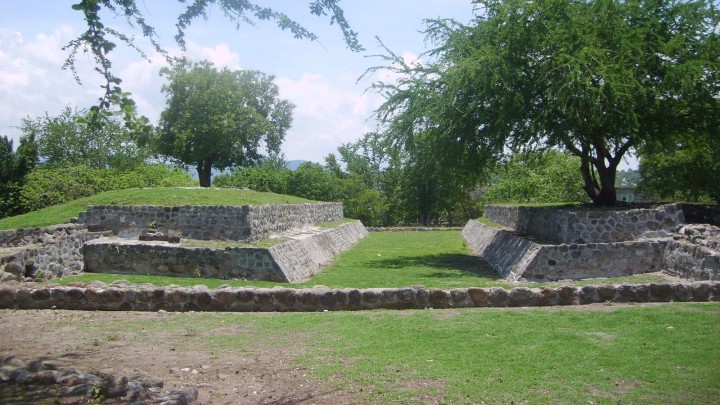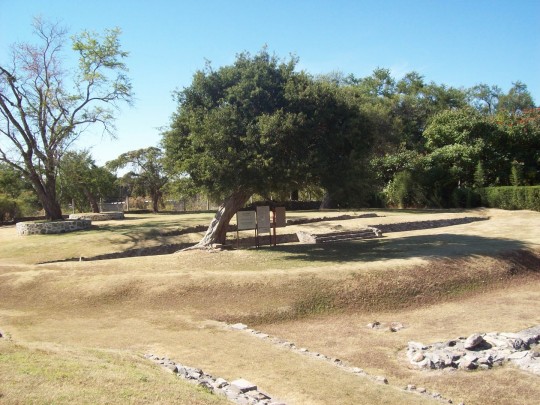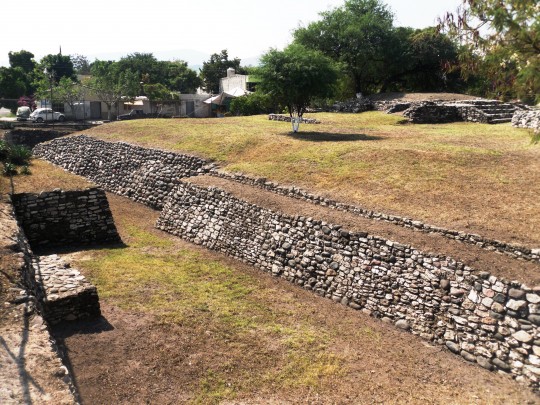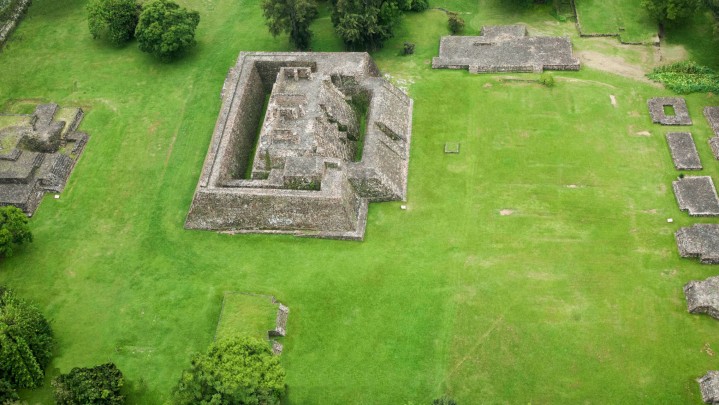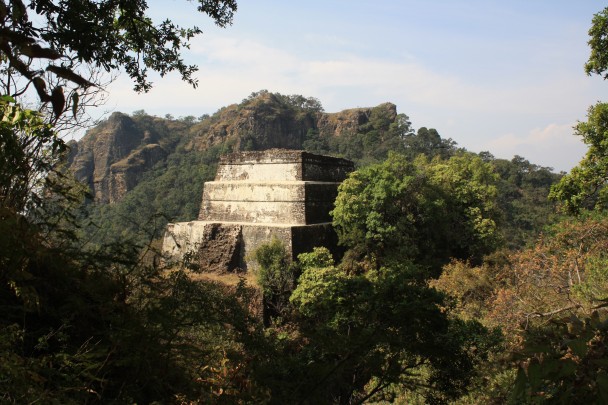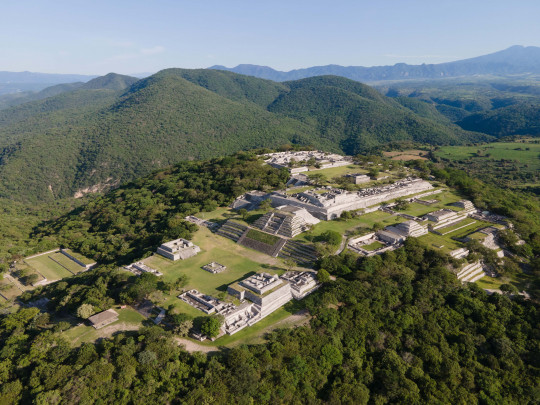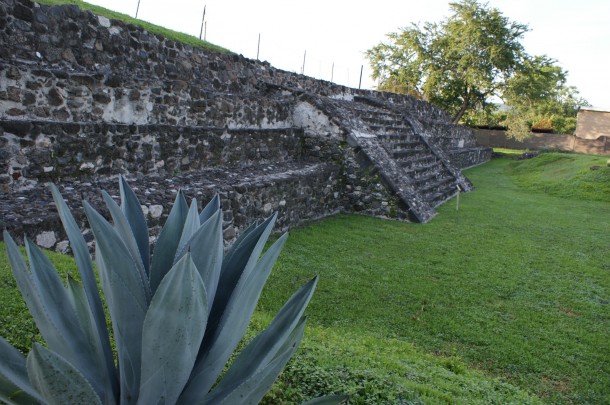Archeological Sites
8 Sites
An imposing city with a long history before our era, it rises from the Altiplano (high plateau), with outstanding reliefs, clearly influenced by the Olmecs from the distant Gulf coast. The buildings display a strength that has outlived the centuries.
Morelos
Altiplano Central
1747
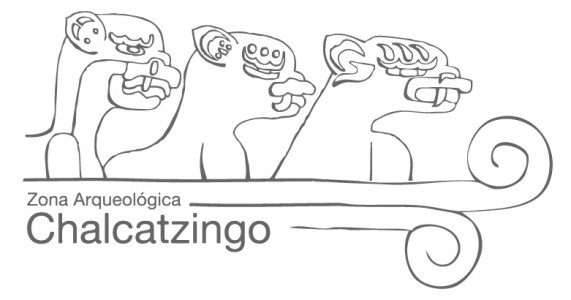
This city was a dependency of Tula, attaining an important role through trade and religion. When Tula fell around 1000 AD, Coatetelco took its place in the west of the present-day state of Morelos.
Morelos
Altiplano Central
1748
Surrounded by springs, its inhabitants were highly adept in the management of underground water and they built a complex system of channels for collecting and storing water. It was a site for the worship of water, with remarkable burials in the channels.
Morelos
Altiplano Central
1749
This site was inhabited from 1500 BC up to the seventeenth century, serving as the center of government of the region, in one of the most fertile parts of the present-day state of Morelos. A great plaza and two sixteen-foot-high platforms testify to its past splendor.
Morelos
Altiplano Central
1750
Engulfed in the urban sprawl of present-day Cuernavaca, and originally inhabited possibly by Tlahuicas, when the Mexica dominated the region they built new palaces, temples and houses. The principal pyramid survives, surmounted by two temples, one dedicated to Tlaloc and the other to Huitzilopochtli.
Morelos
Altiplano Central
1751
Administrative center of the domain of Tepoztlán, perched high in the sierra of the same name, the construction of houses, palaces, temples and housing complexes was started around 1200 AD. Here they worshipped Ometochtli-Tepoztecatl, god of pulque, fertility and the harvest. A superb view of the surrounding valleys.
Morelos
Altiplano Central
1752
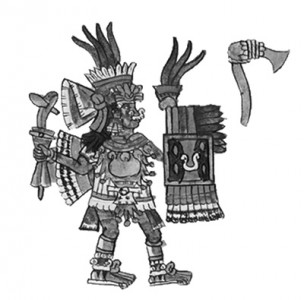
An indigenous city built on the top of the Xochicalco hill possibly for visual dominance of the landscape. The ancient settlers built walls, moats and large access roads for absolute control of their entrances.
Their knowledge in engineering, environment, astronomy, construction, and aesthetics is distinguished in each of the platforms, temples, palace and residential houses that can still be admired at the site. Showing the heritage values that made it a site inscribed on the World Heritage List as a cultural asset and recognized by the original inhabitants that are still preserved nearby as The House of the Flowering Knowledge.
Their knowledge in engineering, environment, astronomy, construction, and aesthetics is distinguished in each of the platforms, temples, palace and residential houses that can still be admired at the site. Showing the heritage values that made it a site inscribed on the World Heritage List as a cultural asset and recognized by the original inhabitants that are still preserved nearby as The House of the Flowering Knowledge.
Morelos
Altiplano Central
1753

The settlement’s development was influenced by Teotihuacan, the Toltecs and the Nahua. When it was occupied by the Tlahuica, who spoke Nahuatl, it dominated. Once the Triple Alliance was formed the Mexica conquered Yautepec and forced it to pay tribute. A beautiful pyramid has been preserved.
Morelos
Altiplano Central
1754


